Tips for Catering Your Own Wedding: Easy and Budget-Friendly Ideas
Planning a wedding can be a thrilling yet demanding experience, especially when it comes to catering. For many couples, hiring a professional caterer may not fit the budget. That’s where the idea of catering your own wedding comes in. Catering your own wedding can save you a significant amount of money while adding a personal touch to your special day.
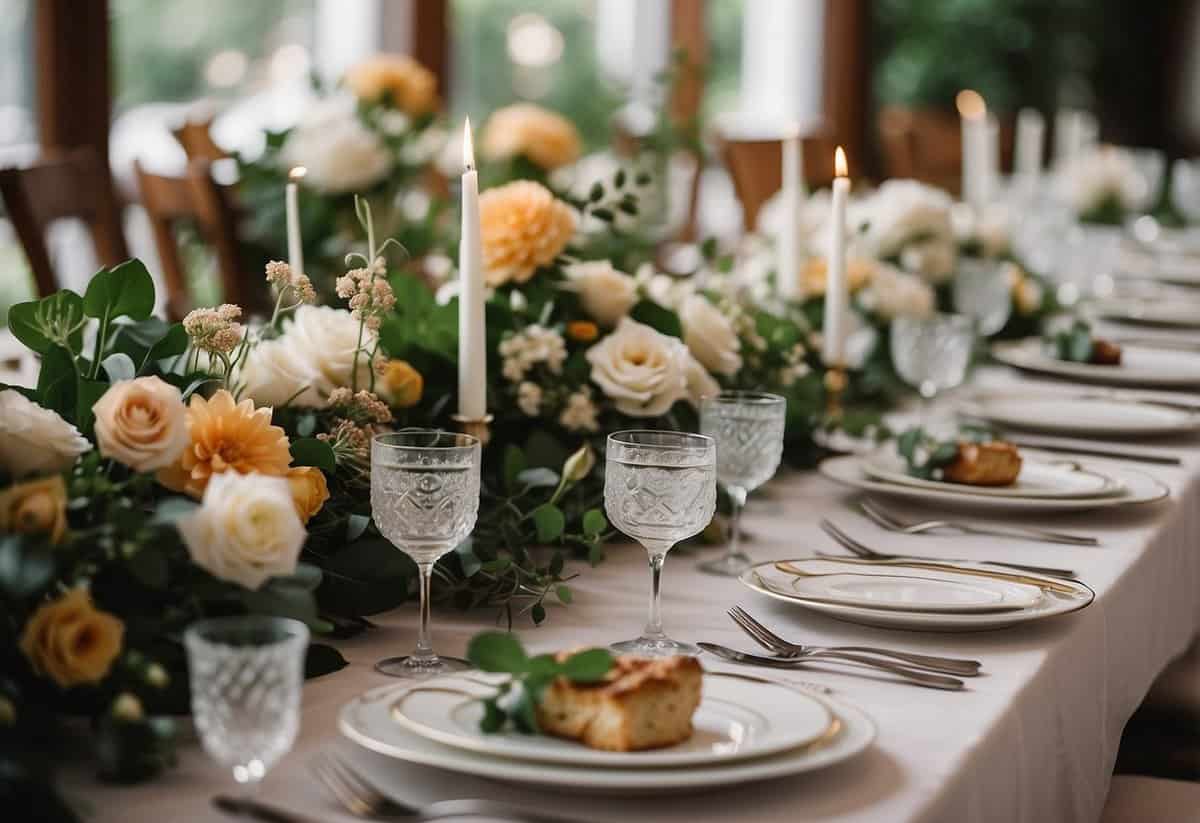
From creating a menu to managing the kitchen logistics, there are many factors to consider for a successful DIY wedding catering. With the right advice and a bit of planning, you can make sure that your wedding meal is both delicious and memorable. This guide will offer you valuable tips and strategies to make the process more manageable.
1) Create a Detailed Budget
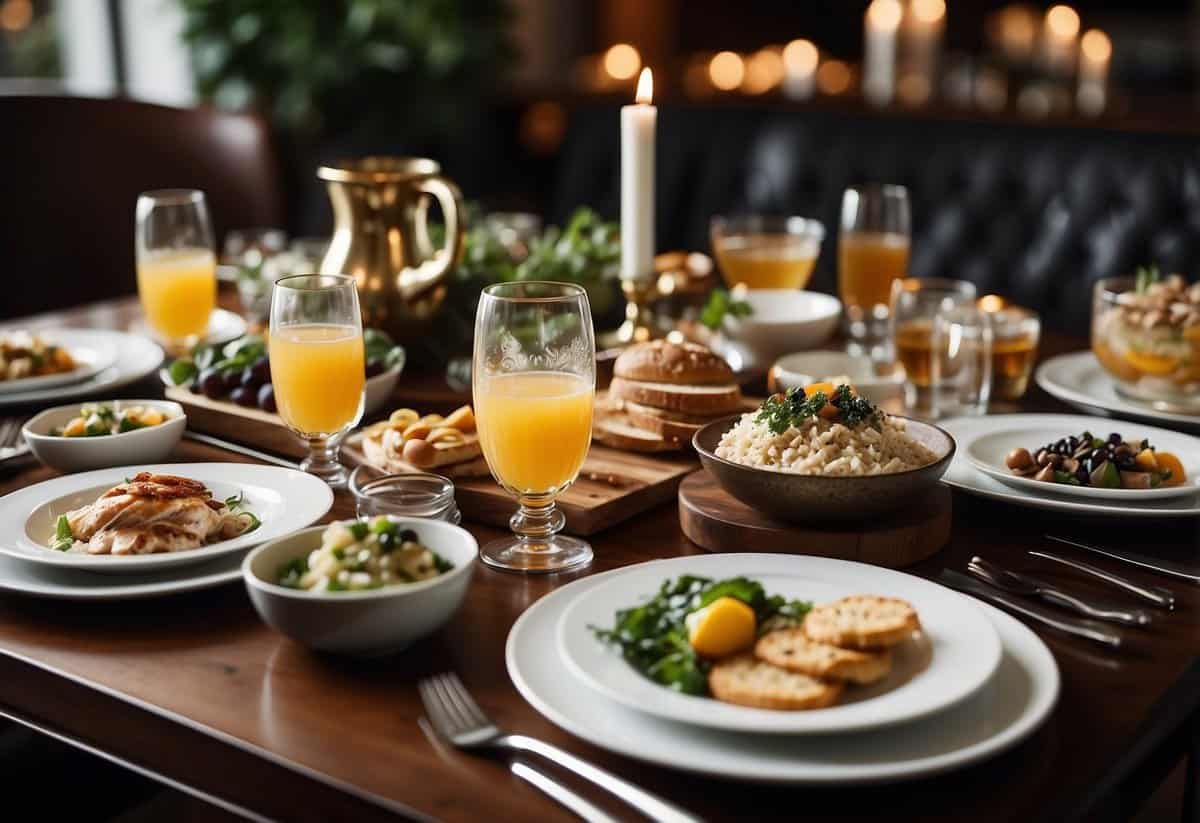
Start by figuring out how much you can spend on your wedding catering. Make a list of every possible expense. This includes ingredients, equipment rentals, and even small things like napkins and serving spoons.
Once you have estimated costs, assign a specific amount to each item on your list. This helps you keep track and avoid overspending.
It’s also smart to leave a little extra room in your budget for any unexpected expenses. Things come up and having a buffer can save you stress later.
2) Choose a Versatile Menu
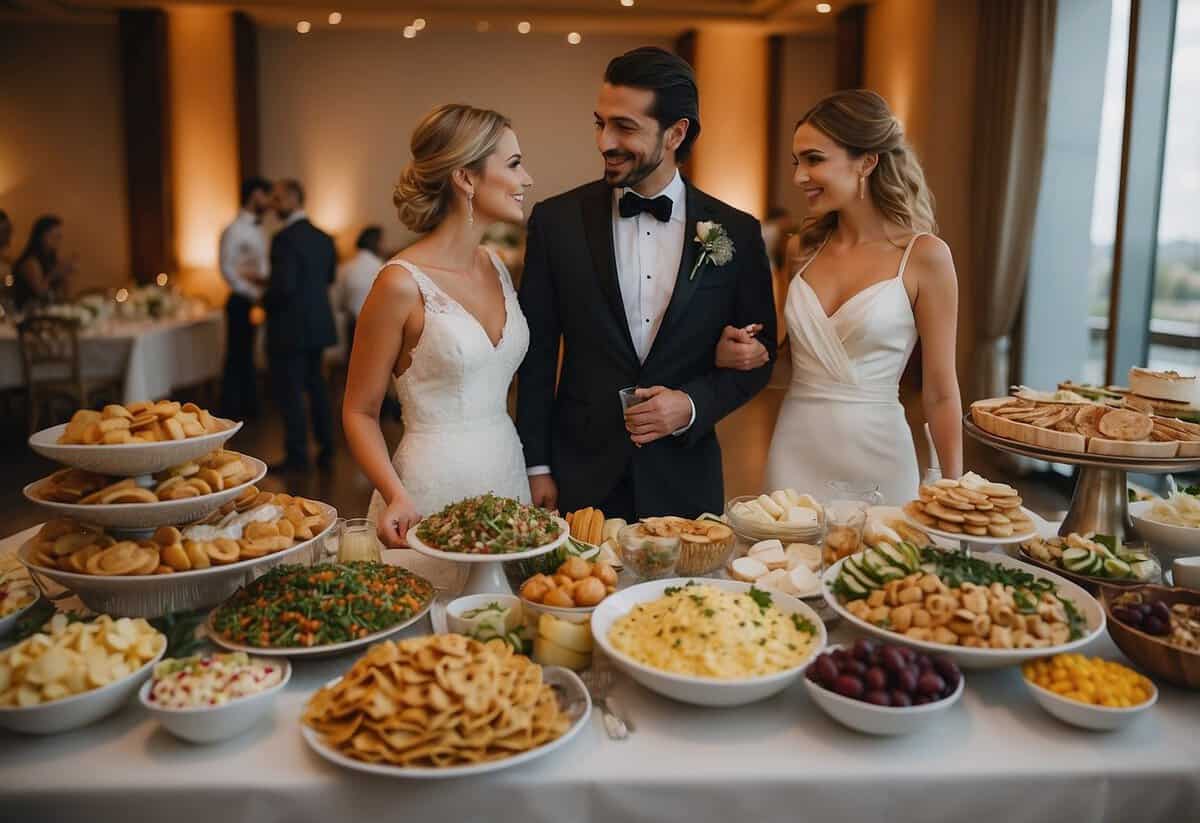
Picking a menu that works for everyone is important. Think about dishes that suit various tastes and dietary needs.
Include options like a meat dish, a vegetarian dish, and a gluten-free dish. This way, all your guests feel included and satisfied.
Offering a mix of hot and cold items can add variety and keep things interesting.
Choosing a versatile menu makes your catering job easier and ensures a great experience for everyone.
3) Rent High-Quality Equipment
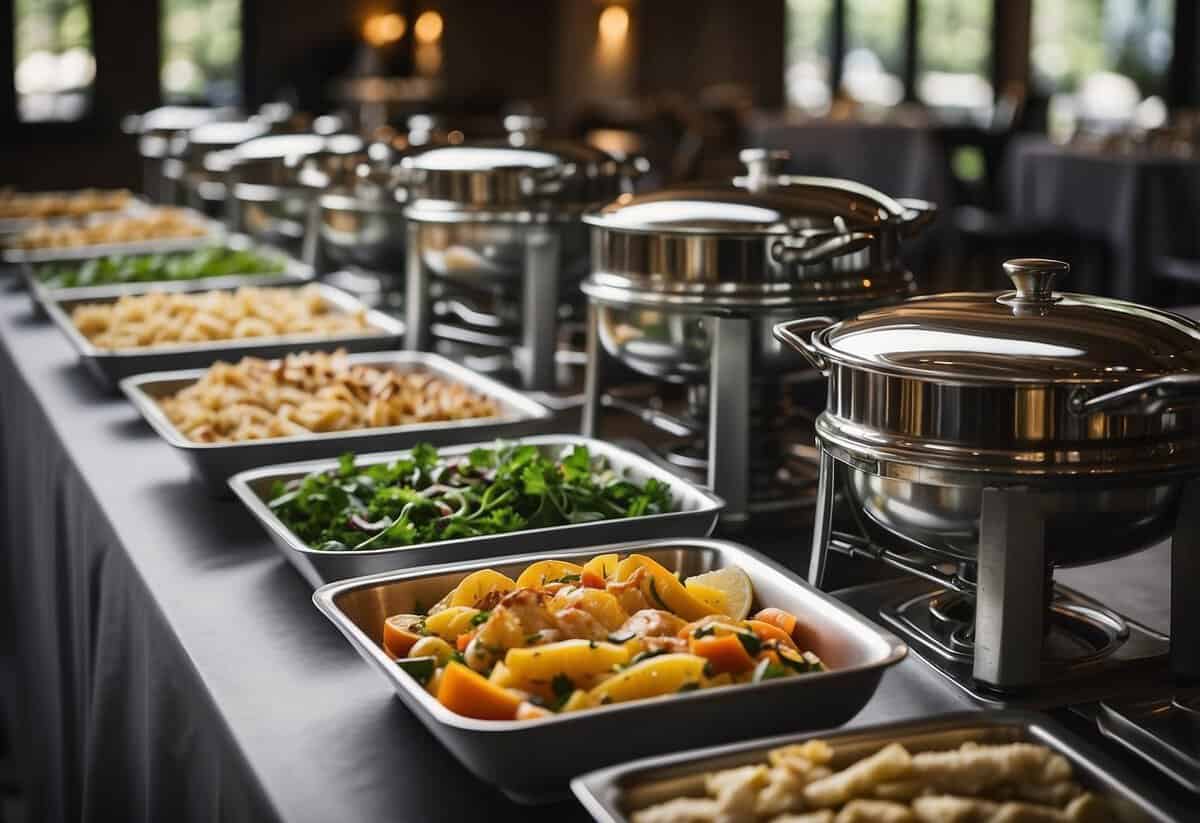
When catering your own wedding, renting high-quality equipment is crucial. Good tools ensure that your food is prepared, cooked, and served smoothly.
Start by choosing a reliable rental company. Check reviews and ask for recommendations to find a provider with a good reputation.
Make sure all the equipment is well-maintained. You don’t want any last-minute surprises with faulty gear.
Consider what you need based on your menu. Common items include ovens, chafing dishes, and serving utensils.
Comfortable and stylish tables and chairs can enhance your wedding’s ambiance. Look for options that match your theme and will keep your guests happy.
Lastly, inspect everything upon delivery. Verify that all items are clean and in working order. Preparation is key to a successful wedding feast.
4) Hire Helping Hands

Catering your own wedding can be a lot of work. To manage everything smoothly, you should hire helping hands. This includes friends, family, or professional staff.
Having extra help means you can focus on important tasks. Helpers can set up tables, serve food, and clean up afterward. It takes a lot of stress off you.
If you can’t afford professional help, ask friends or family to pitch in. Often, they are happy to help out on your special day. Organize them in shifts to ensure no one is overwhelmed.
By having a team in place, your day will run smoother, and you’ll have more time to enjoy your wedding.
5) Plan a Foolproof Schedule
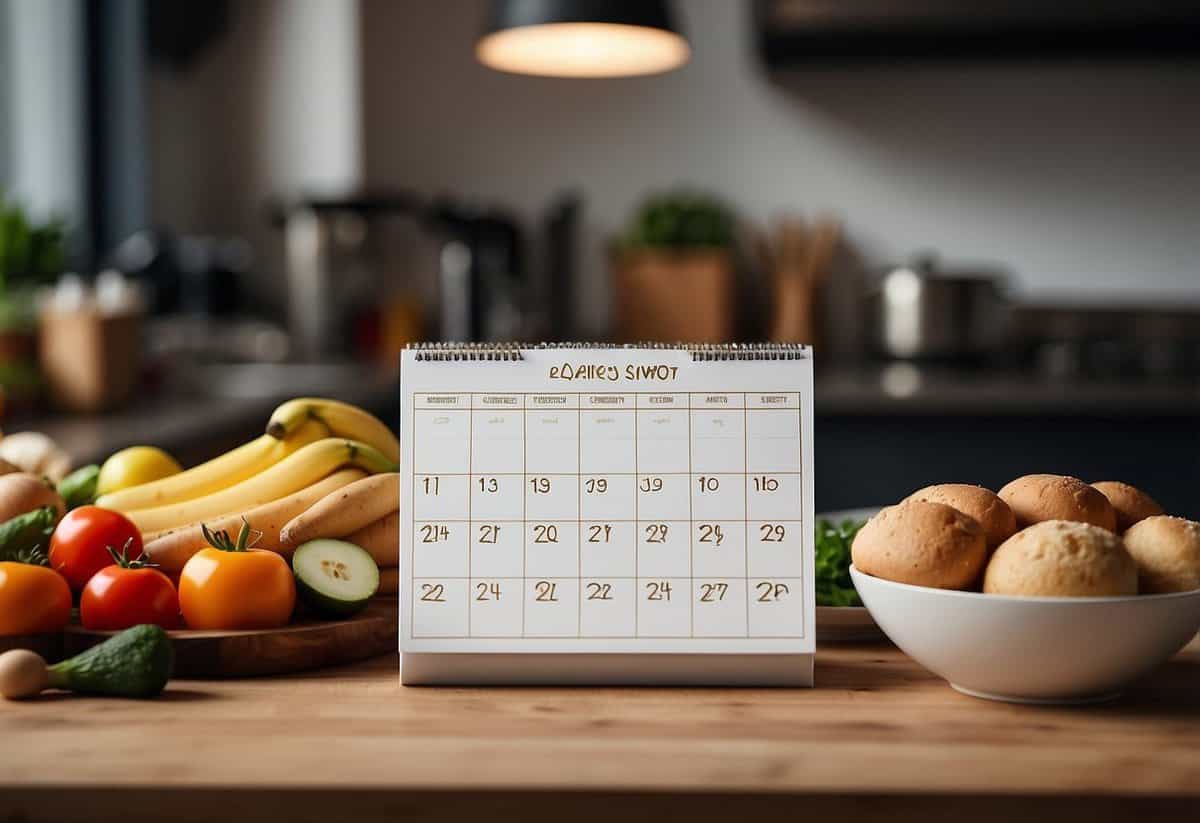
To keep your wedding day running smoothly, you need a detailed schedule. Start by listing all the key events, like the ceremony, cocktail hour, and reception. Once you have these, break them down into smaller tasks.
Make sure you know what needs to happen and when. Coordinate with your catering team and communicate your plan clearly. This includes when food should be prepared, served, and cleaned up.
Don’t forget to build in some buffer time for unexpected delays. This will help keep everything on track even if things don’t go exactly as planned. Having a clear schedule will help everyone know where they need to be and what they need to do.
6) Opt for Buffet-Style Servings

Buffet-style servings can make your wedding meal more flexible and budget-friendly. Guests love the freedom to pick their favorite dishes and portions. You can offer a variety of options, ensuring there’s something for everyone.
Buffets also reduce the need for servers, which can save money on staffing. This setup can create a relaxed and social atmosphere where guests can mingle.
You can feature different food stations, like a taco bar or a pasta station. This adds a fun element to your wedding and allows guests to customize their meals.
Buffet-style servings also help with leftovers. It’s easier to plan for extra food to ensure no one goes hungry without worrying about large amounts of waste.
Remember to plan for enough plates, utensils, and napkins. Having extras on hand can prevent any last-minute hiccups.
7) Create a Beverage Station
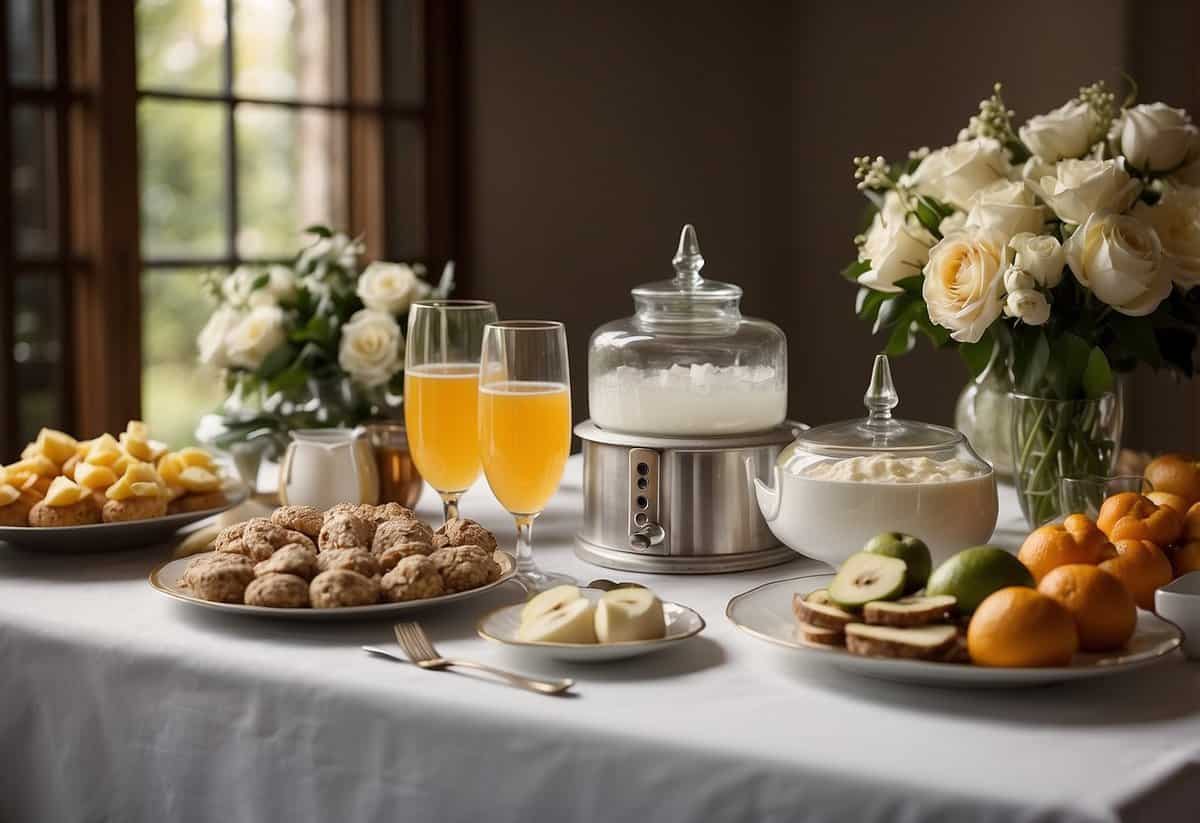
A beverage station is a fun and creative way to keep your guests refreshed. Start by choosing a variety of drinks that match your wedding theme and season. Consider having non-alcoholic options, like lemonade or iced tea, along with a few cocktails or mocktails.
Provide an assortment of garnishes, such as lemon slices, mint leaves, or berries. This allows your guests to personalize their drinks.
Think about the display. Use pretty glass canisters for a classy look. Add signs to label each drink clearly. You can also include some flowers or small decorations to make the station more inviting.
Set up a station where guests can easily serve themselves. Make sure to have plenty of ice and cups available. A well-stocked beverage station will be a hit at your wedding!
8) Prepare Extra for Unexpected Guests
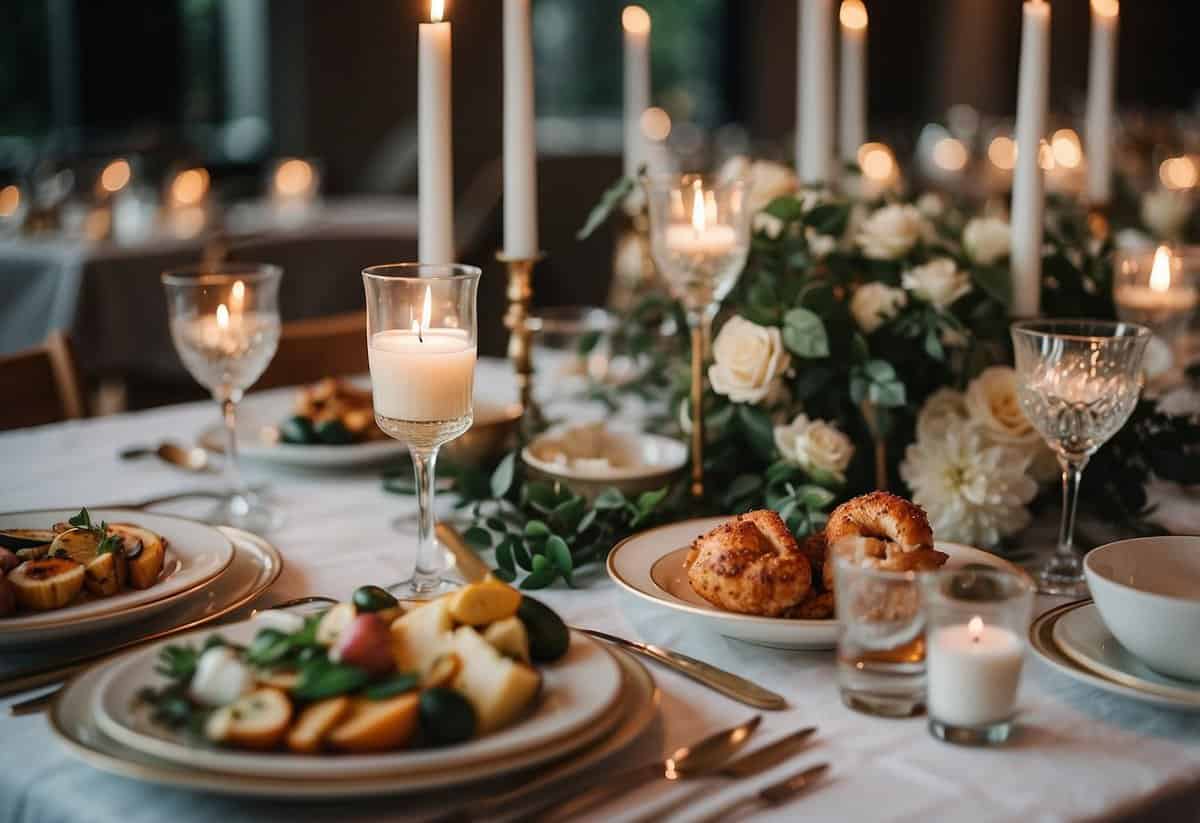
It’s always good to plan for more guests than you expect. Weddings can be unpredictable, and some people might bring a plus-one without telling you.
Make sure you have a few extra servings of all menu items. This ensures that no one goes hungry and everyone feels welcome.
Another tip is to keep some extra disposable plates, cups, and utensils handy. It might save you if more people show up than you thought.
A little bit more food and supplies can make a big difference. It helps make sure your wedding day runs smoothly and everyone has a great time.
9) Offer Dietary Options
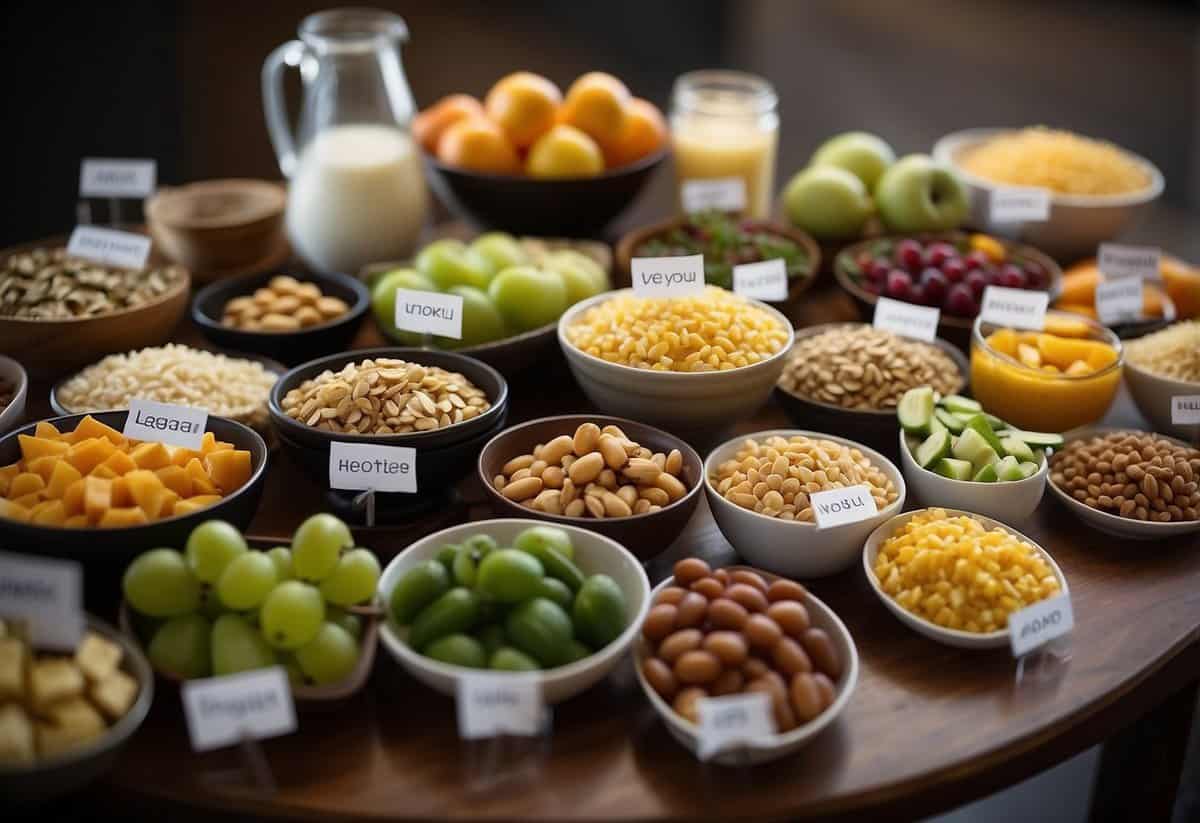
When catering your own wedding, it’s important to consider the dietary needs of your guests. Make sure to offer a variety of dishes to suit different preferences and restrictions.
Include vegetarian, vegan, gluten-free, and dairy-free options. This will ensure that everyone feels included and has something to eat. Clearly label each dish to avoid confusion.
Communicate with your guests ahead of time to learn about any specific allergies or dietary restrictions. This will help you plan your menu more effectively. By offering a range of dietary options, you can make sure all your guests enjoy the meal.
10) Practice Food Safety
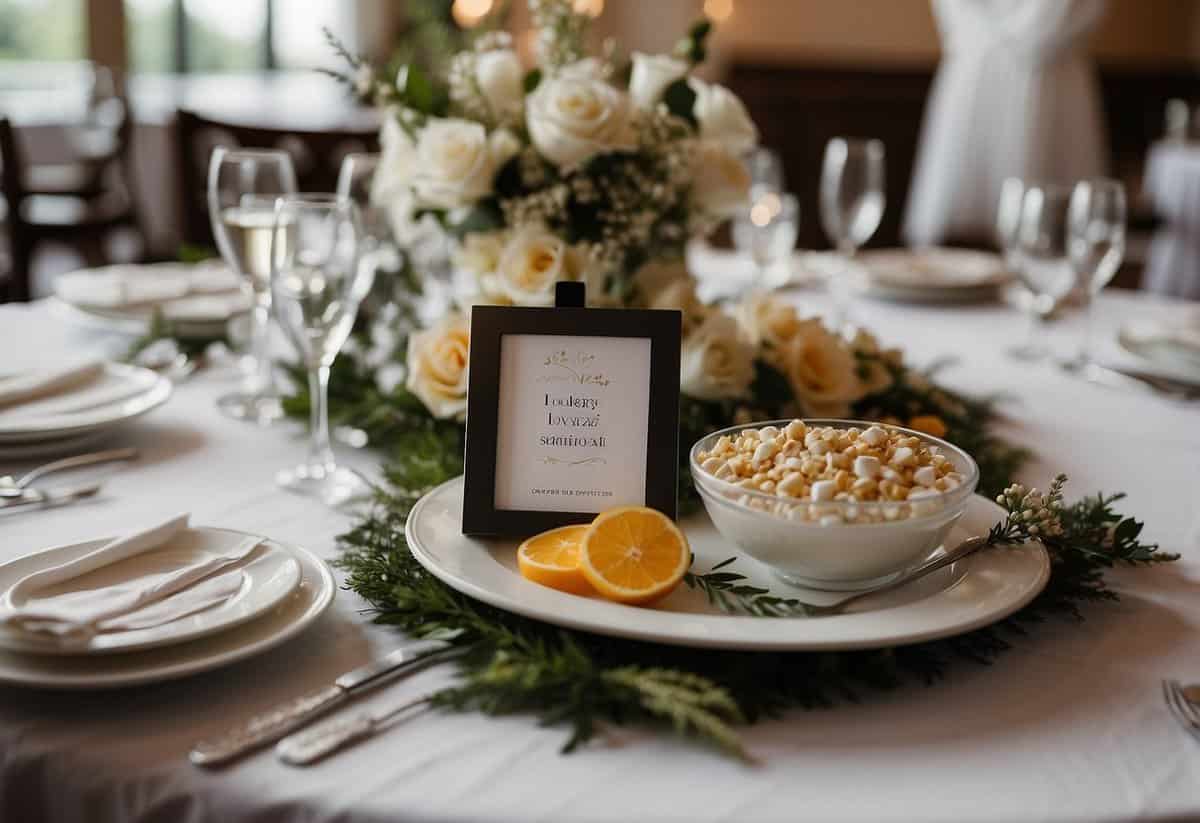
When catering your own wedding, food safety is very important. Make sure to cook foods to the correct temperatures. Use a food thermometer to check the internal temperature of meats and other hot dishes.
Keep raw and cooked foods separate. This prevents cross-contamination and reduces the risk of foodborne illnesses.
Wash your hands often and use clean utensils. Before handling food, wash your hands thoroughly with soap and water. Clean any surfaces and tools used for preparing or serving food.
Store food properly. Keep cold foods cold and hot foods hot. Use coolers with ice packs or heating trays to maintain safe temperatures.
Consider guidelines from reliable sources like the USDA and Foodsafety.gov. These can provide helpful information about preparing large quantities of food safely. Following these tips will help ensure your wedding feast is both delicious and safe for everyone.
Initial Planning
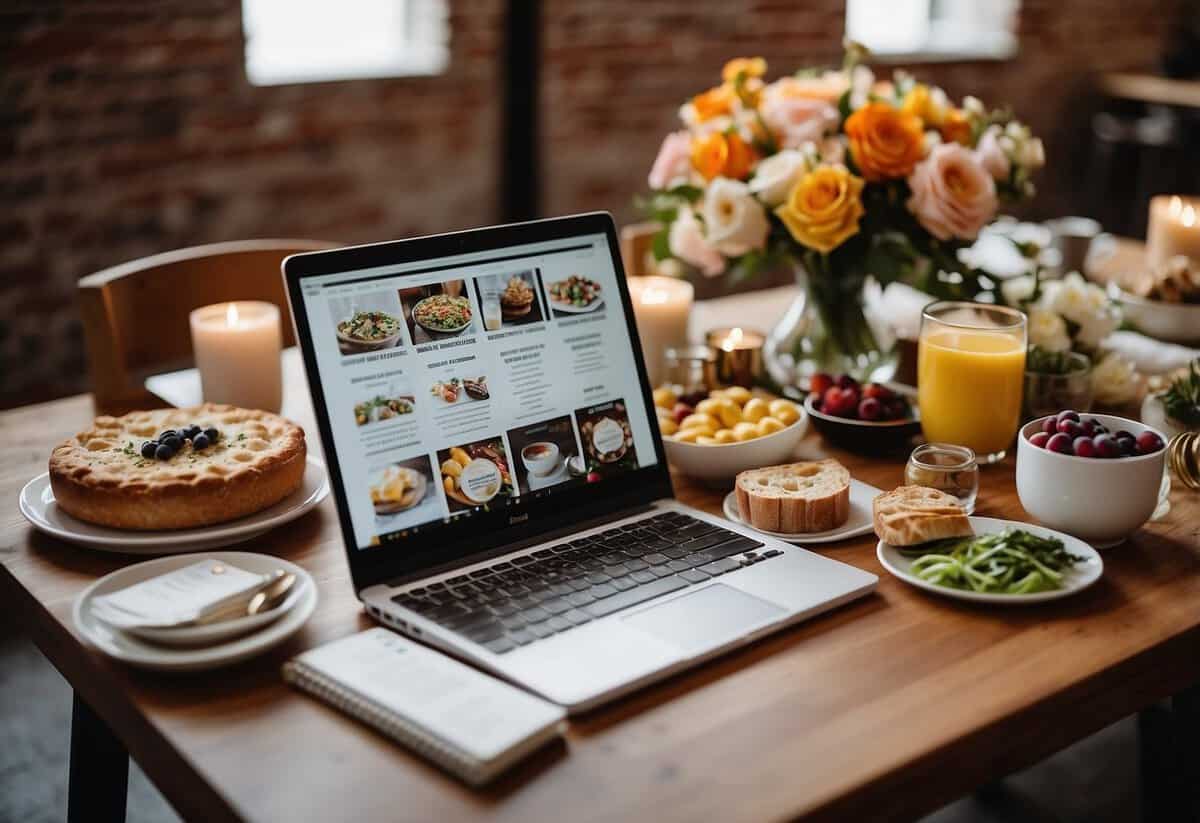
Starting with a clear budget, a well-planned menu, and the right venue will set the stage for a successful DIY wedding catering experience.
Setting Your Budget
Determine how much you can spend on food, drinks, and rental items. Break your budget into specific categories (e.g., appetizers, main courses, beverages). Make sure to track your expenses to avoid overspending.
Write down all potential expenses. Don’t forget to include extra costs like plates, utensils, and serving equipment. Checking prices early will help you stay within your budget. Sticking to a budget will keep your wedding plans on track and stress levels low.
Choosing Your Menu
Pick dishes that are simple to prepare and serve. Buffet-style meals work well for DIY catering because they require less staff and can be set up ahead of time. Include a variety of options like meat, vegetarian, and gluten-free dishes to cater to all guests.
Choose recipes that can be made ahead of time and stored easily. This will save you time on the big day. Avoid dishes that need to be cooked at the last minute. Simple but tasty recipes will ensure that your guests are pleased without overwhelming you.
Selecting a Venue
Choose a venue that suits your catering needs. Make sure it has a kitchen or an area where food can be prepared and stored. Check for basic amenities like refrigerators, ovens, and sinks. A venue with ample space for tables and buffet lines makes set-up easier.
Ensure the venue meets any local health and safety regulations, especially if you’re prepping food onsite. Visit the venue ahead of time and plan the layout for cooking and serving. A venue that fits your needs will streamline your wedding catering plans.
Food Preparation Tips
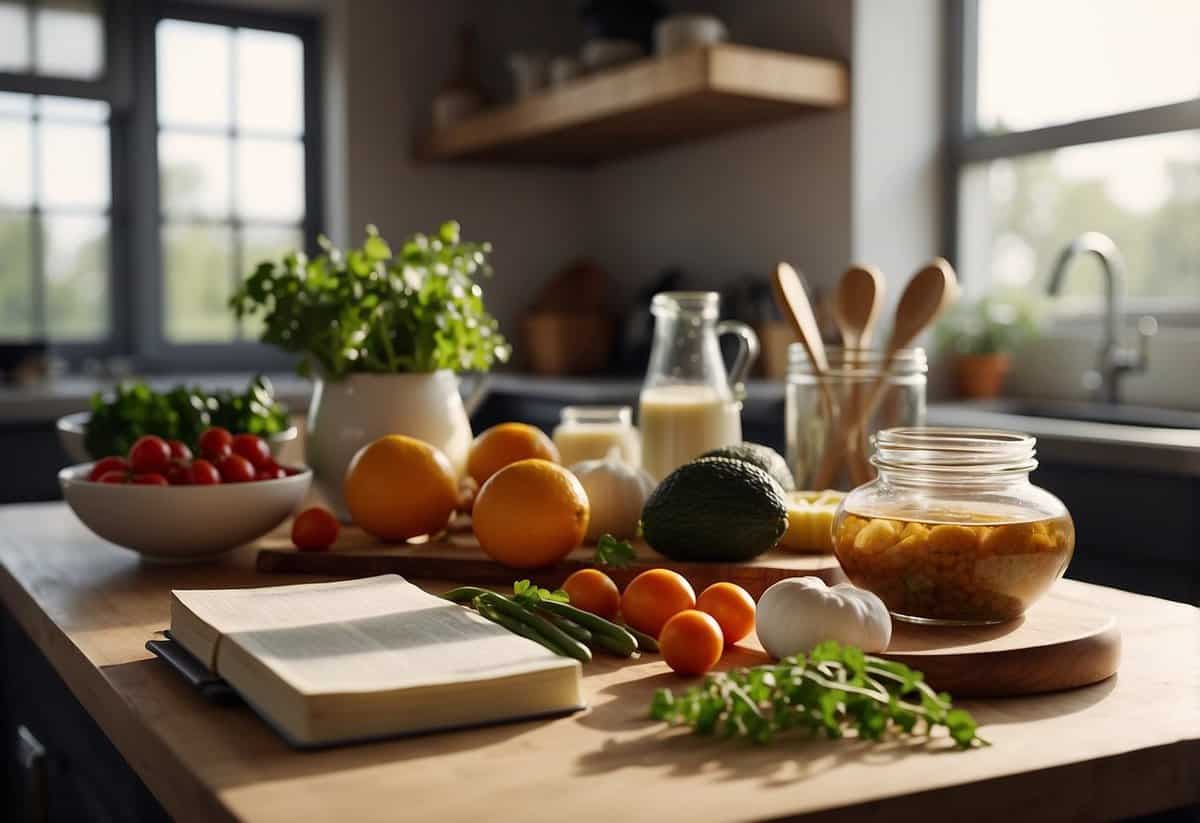
Preparing food for your wedding can be a fun, rewarding experience if done correctly. Focus on sourcing quality ingredients, preparing some items in advance, and presenting your dishes attractively.
Sourcing Ingredients
Start by making a list of all the ingredients you’ll need based on your menu. Visit local farmers’ markets for fresh, seasonal produce. You’ll often find better quality and prices there. Don’t forget to check bulk stores for items like pasta, rice, and spices, as buying in bulk can save you money. If possible, establish relationships with local suppliers who might offer discounts for bulk buying. It’s a good idea to purchase non-perishable items well in advance to avoid last-minute stress.
Preparing in Advance
Cooking ahead of time can save you from wedding day chaos. Begin with items that can be frozen, like meatballs or sauces. Store them in airtight containers to maintain freshness. Assign tasks to family and friends, making it a group effort. For foods that must be prepared closer to the event, like salads, chop vegetables the day before and store them separately. This will streamline assembly on the big day. Label everything clearly to avoid confusion.
Presentation Techniques
A beautifully presented meal can make your efforts unforgettable. Use a variety of serving dishes, and mix tall and short items to create visual interest. Garnishes like fresh herbs, citrus slices, or edible flowers can add color and elegance to your plates. Arrange food in small, repeated patterns to create a professional look. Avoid overcrowding serving platters, as this can make them look messy. Finally, arrange the buffet in the order guests will fill their plates: start with plates, followed by main dishes, sides, and ending with utensils and napkins.
Managing the Event
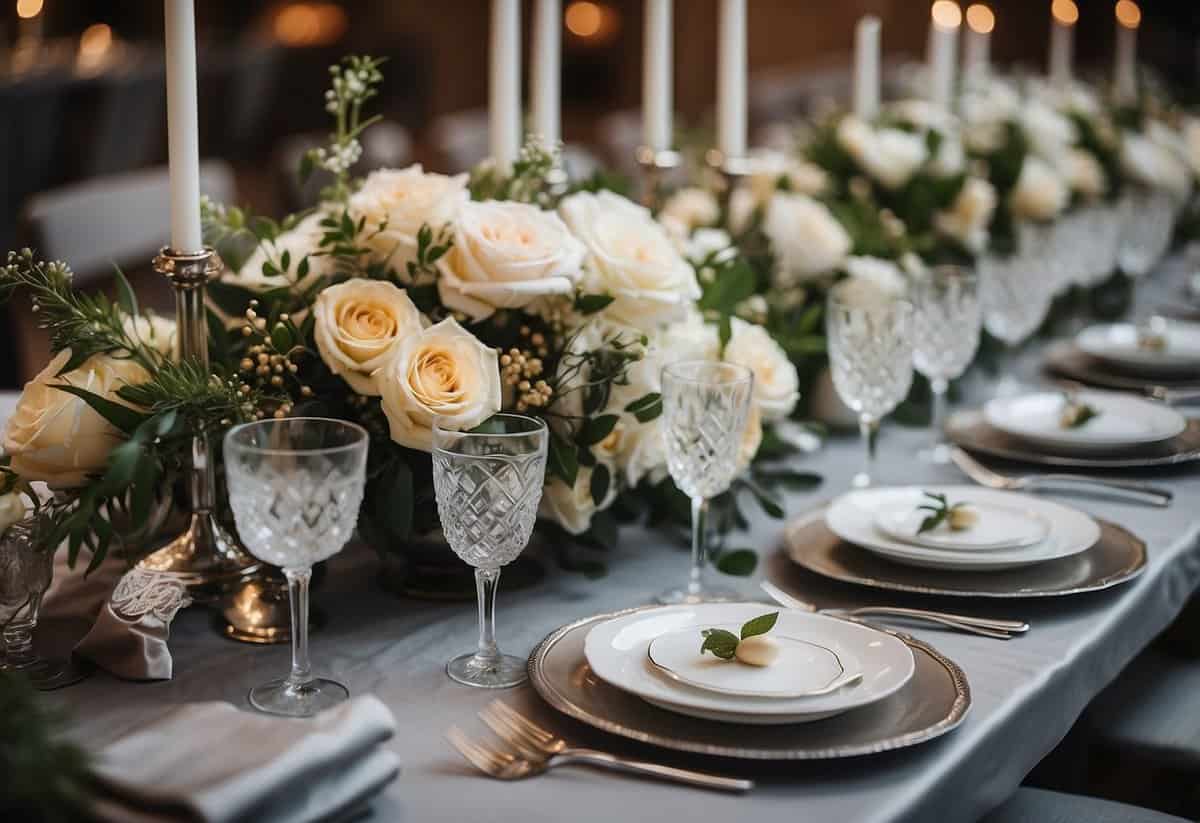
Managing your own wedding catering involves careful planning and organization. Key areas include staffing, setting up serving stations, and ensuring everything is coordinated on the day.
Staffing and Assistance
Recruiting friends and family to help with catering can save you money and build a sense of community. Assign specific tasks to each person, such as setting up the buffet, serving food, or cleaning up.
Make sure everyone knows when they need to be there and what their duties are. It might be helpful to organize a brief meeting or walkthrough a day or two before the wedding. Also, consider hiring a few professional servers if your budget allows, to ensure a smooth flow.
Setting Up Serving Stations
Creating an organized layout for food and drink stations can prevent congestion and long lines. Designate sections for appetizers, main courses, desserts, and beverages. Use tables of different heights and styles to add visual interest and make it easier for guests to serve themselves.
Label each dish clearly with large, easy-to-read signs. This helps guests with dietary restrictions or preferences make their choices without confusion. Ensure that utensils, plates, and napkins are easily accessible.
Timing and Coordination
Timing is crucial to keep everything running smoothly. Prepare a detailed timeline for when dishes should be prepared, heated, and served. Assign specific times for setting up, serving, and taking down food stations. Communicate this timeline clearly to all helpers to avoid any last-minute confusion.
Make arrangements for transporting food safely to the venue and ensure there are adequate facilities for keeping hot foods hot and cold foods cold. Having a back-up plan for unexpected issues can help keep stress levels low.








